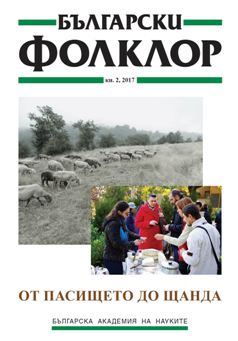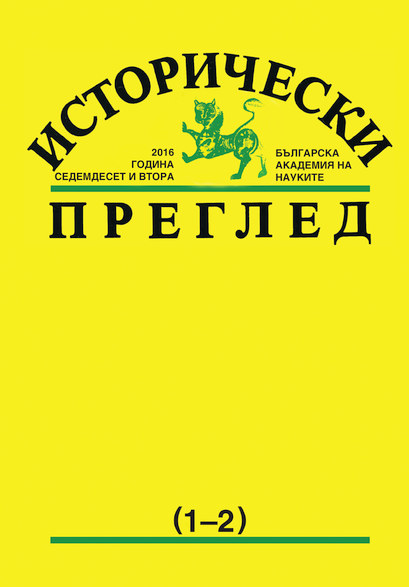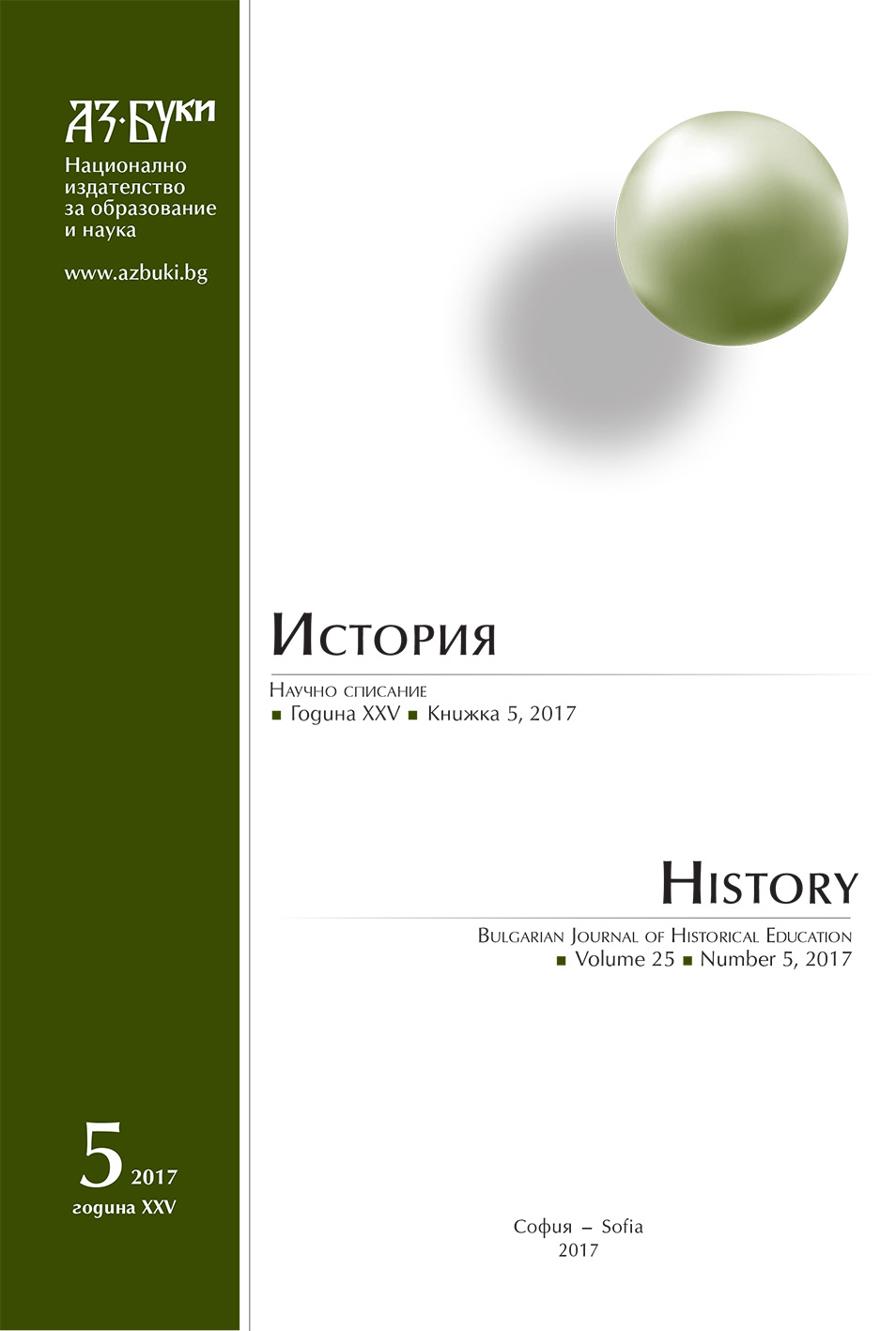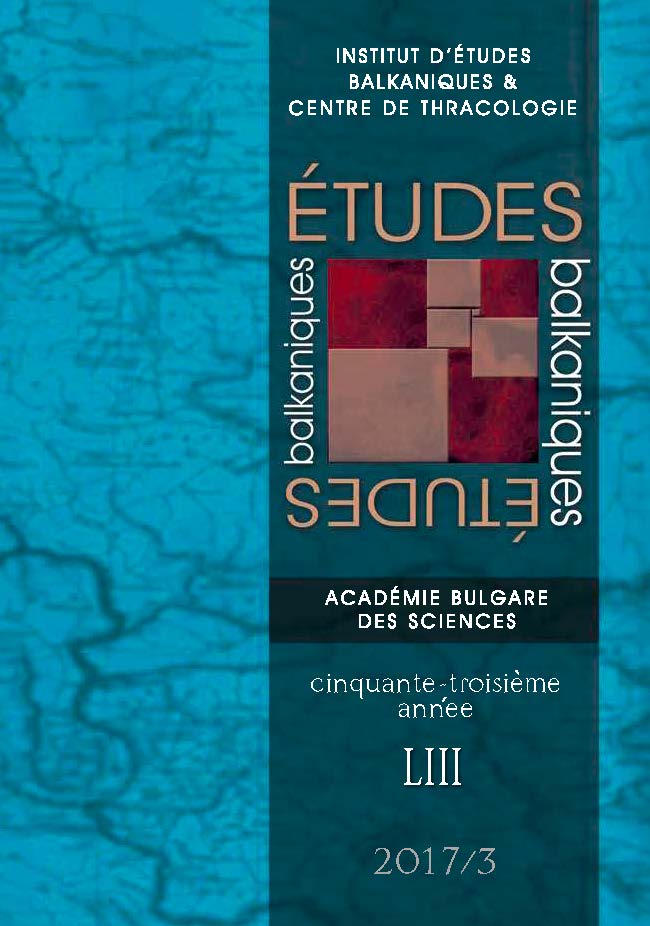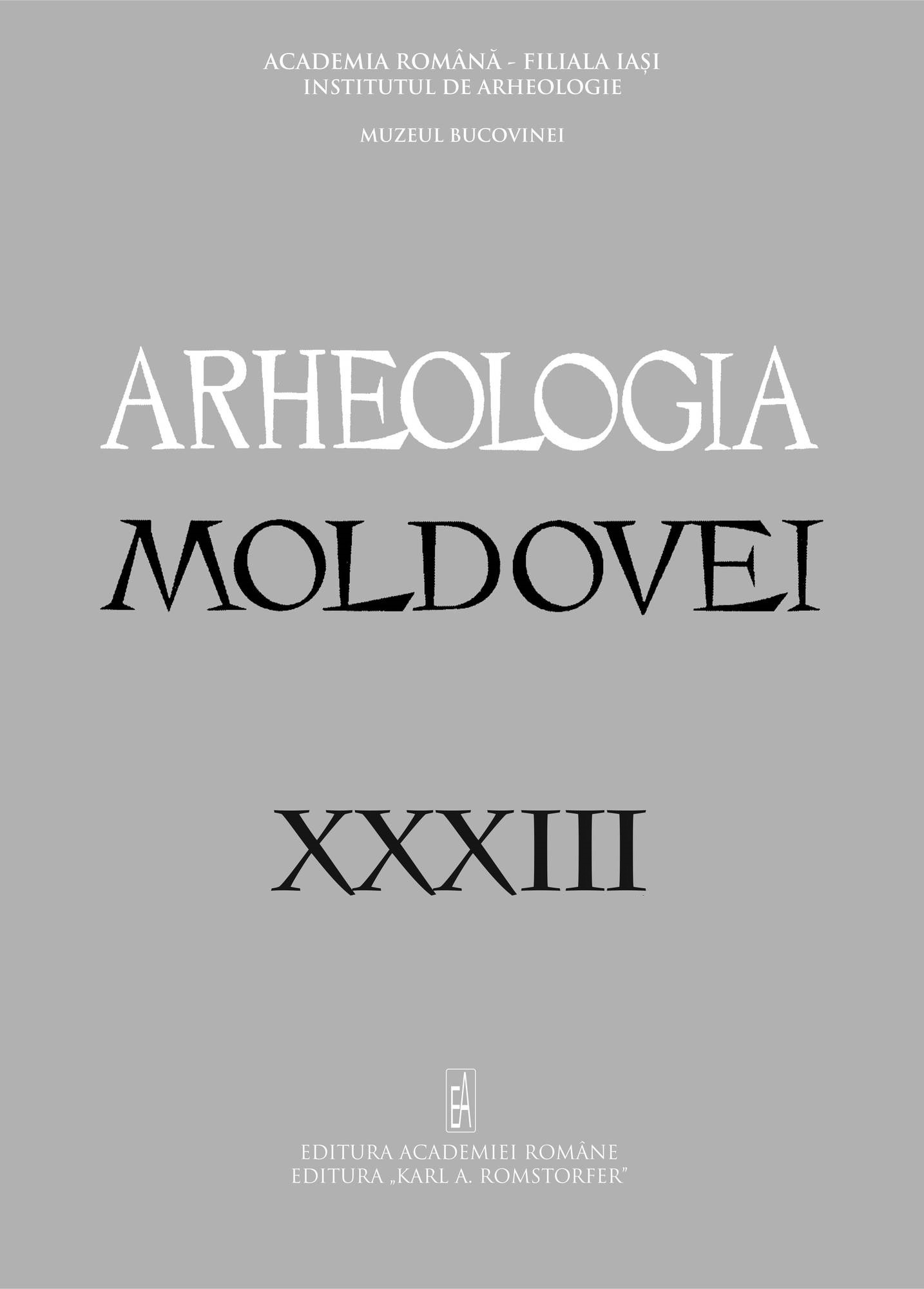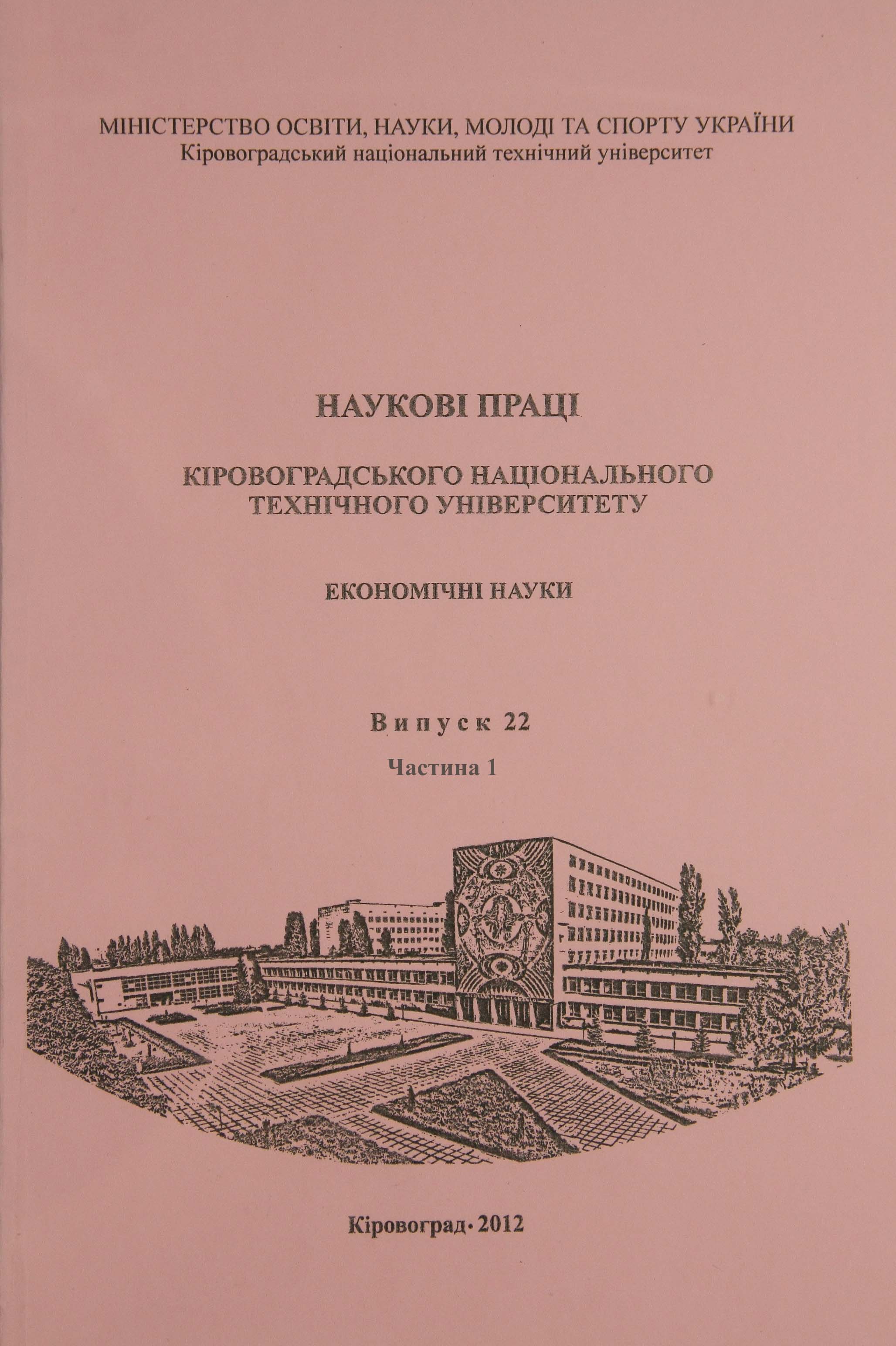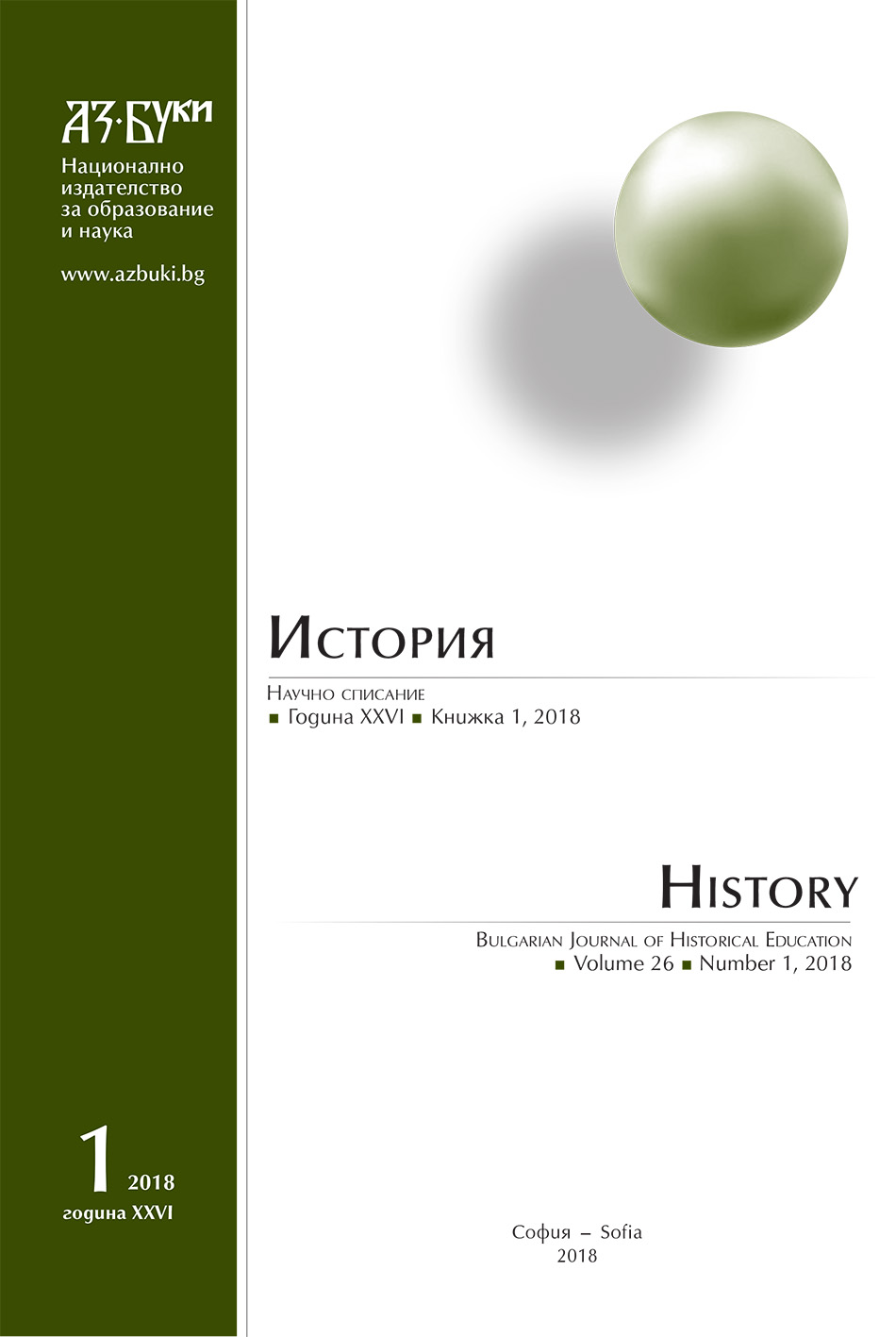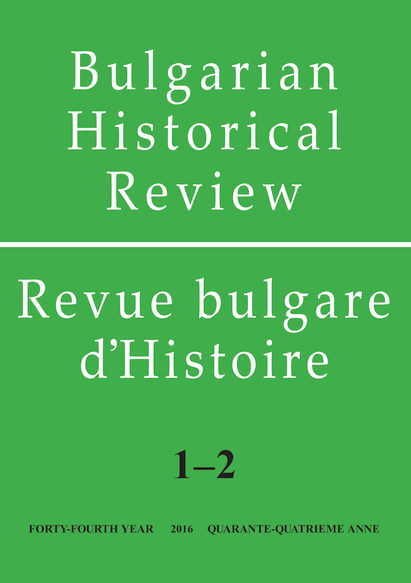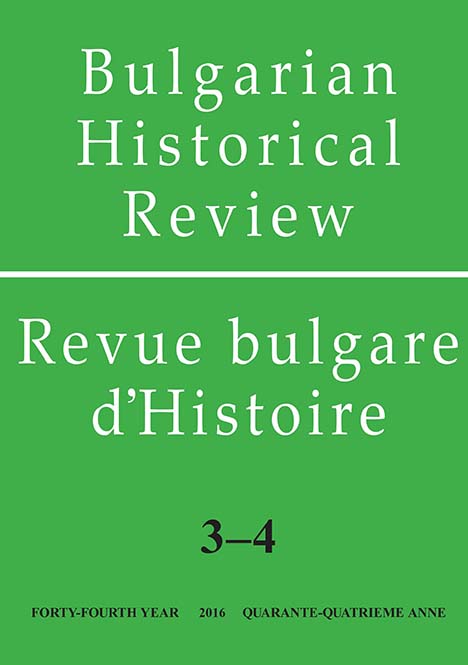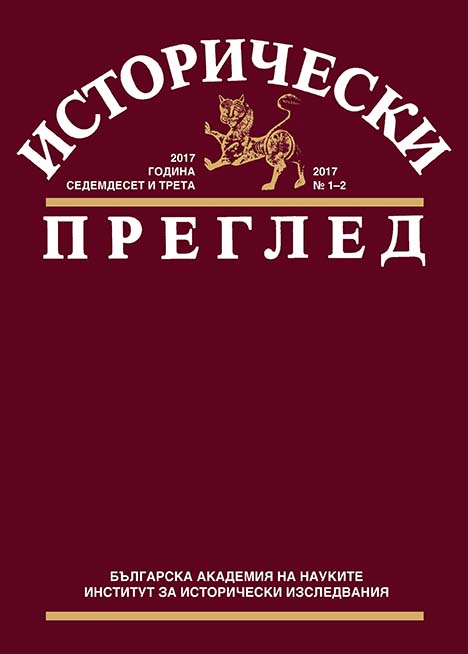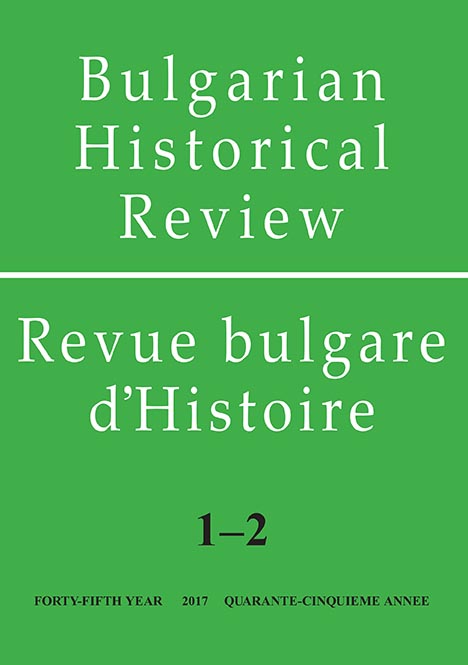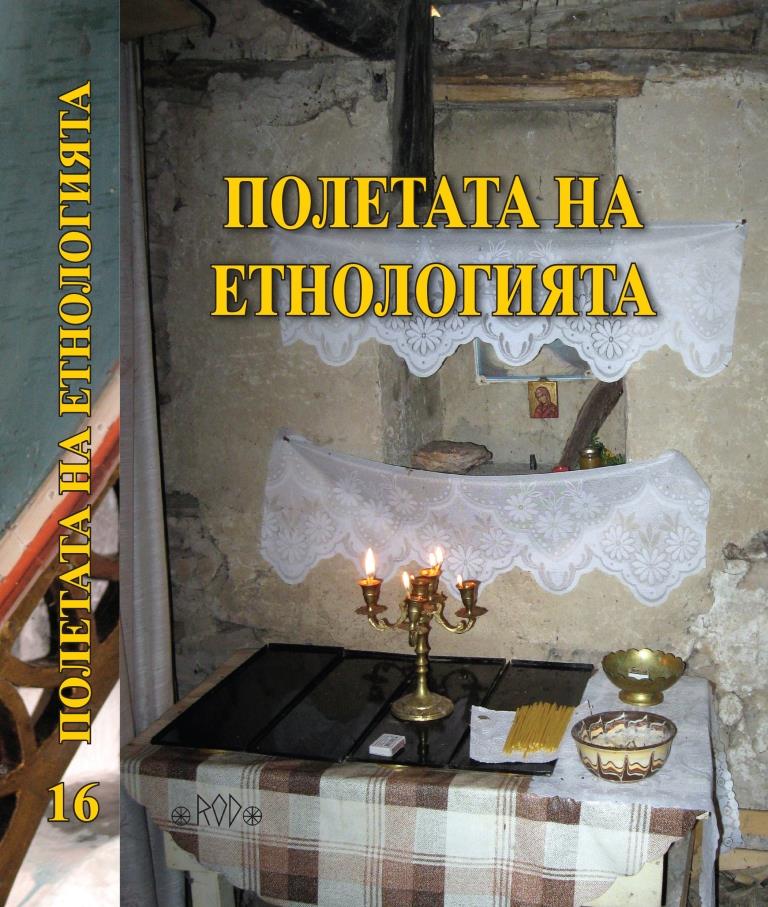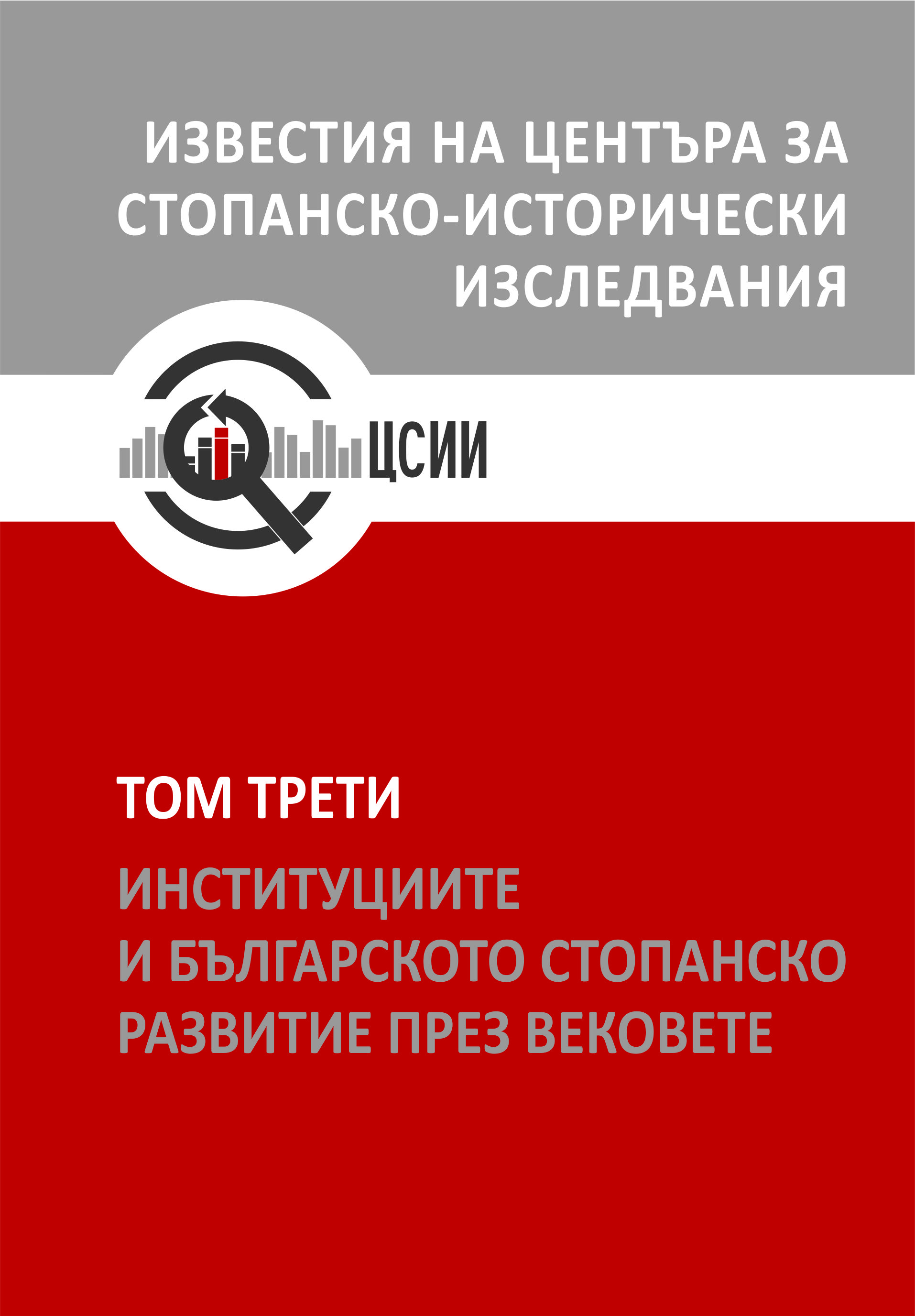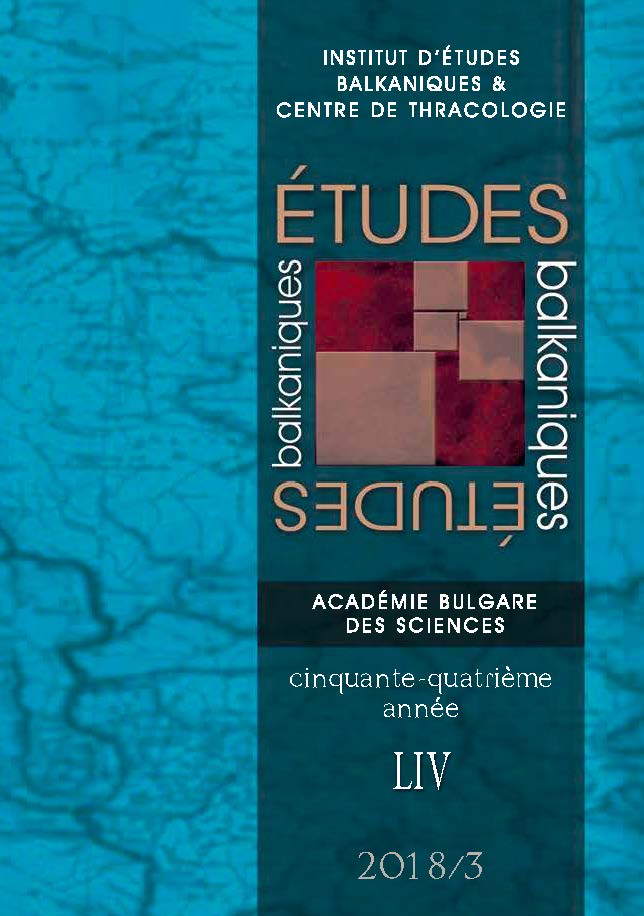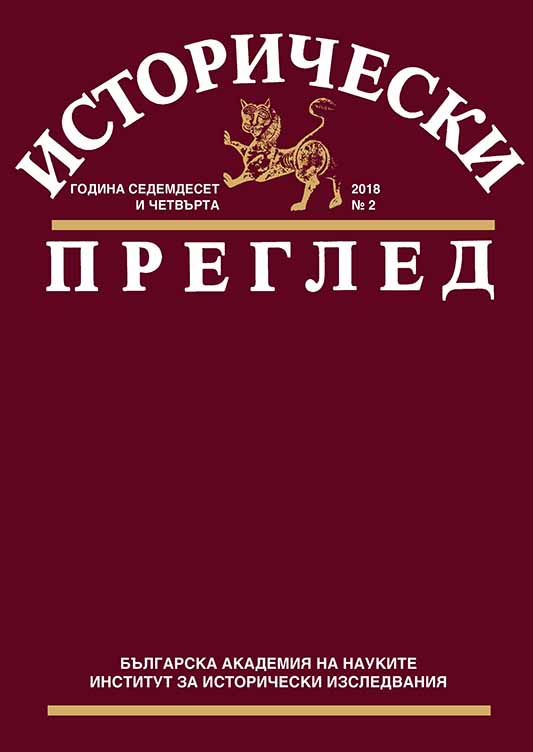Author(s): Victor Spinei / Language(s): Romanian,French
Issue: 1/2010
Il y a plus d’un demi-siècle, dans un compte-rendu d’une grande acribie savante, fait pour le premier volume de la seconde édition de l’opus fondamental de Gyula Moravcsik, Byzantinoturcica, I, Die byzantinische Quellen der Geschichte der Türkvölker, Berlin, 1958, inséré dans le périodique Византийский временник, XVI, 1959, p. 271–287, Alexander Kazhdan a inclus le texte original d’un court traité de géographie réalisé par un auteur byzantin anonyme, mais sans y annexer cependant quelque commentaire. Son manuscrit est gardé dans les fonds du Musée d’Histoire de l’Etat, à Moscou (No. 415/509, pages 76–77 verso). Ce traité anonyme reflète les connaissances géographiques accumulées à un moment donné à propos de l’espace terrestre, tout en faisant aussi mention du nom de la Dacie, sous sa forme corrompue Δακεία, à la place de Δακία. Vu quele texte présentait un intérêt plus large et que, à ce que nous sachions, il n’avait pas encore attiré l’attention des spécialistes roumains, nous avons considéré nécessaire de le signaler dans une Addenda, jointe à une étude plus ancienne, réimprimée sur l’initiative des collègues de Bessarabie dans un volume paru aux Editions Cartdidact de Chişinău. A cette occasion-là j’ai formulé quelques considérations sur la description géographique byzantine, tout en précisant que celle-ci reflétait de façon prioritaire la structure de la mappemonde pendant l’Antiquité, l’auteur se permettant des rajouts infimes, avec des données afférentes à une période ultérieure, entre autres mentionnant les Hongrois (Ούγγροι). Peu avant l’apparition du volume de Chişinău, Sergey A. Ivanov a republié le texte de la description géographique dans un prestigieux périodique consacré à la civilisation byzantine de la capitale de la France, l’accompagnant d’une traduction en anglais et de certains commentaires, étude qui, par malheur, nous était inconnue à l’époque où nous avions rédigé l’Addenda à l’article dont on a fait mention. C’est pourquoi nous nous proposons, en l’occurrence – nous servant de l’ouvrage susmentionné –, de présenter la traduction roumaine pour le contenu du traité anonyme et de formuler quelques succinctes considérations en marge de celui-ci. Sergey A. Ivanov a observé que, à la différence de l’Europe Occidentale, où les informations du microtraité sont parfois erronées (par exemple la localisation de certaines provinces de la Gaule en Ibérie) et sommaires (ex.: on ignoredes centres urbains fameux, comme Rome, Venise etc.), les données sur le réseau urbain de l’Asie Mineure sont plus abondantes et plus correctes. Cette remarque concerne autant les villes byzantines, que celles détenues par les Turcs Seldjûqides, ce qui a permis l’hypothèse de l’origine anatolienne de l’auteur de cet ouvrage. D’autre part, il a avancé comme moment d’élaboration pour la description géographique la période comprise entre les années 1366–1390. Personnellement, on considère que ce diapason chronologique est de beaucoup trop restreint, c’est pourquoi il devrait être élargi pour le moins à la seconde moitié du XIVe siècle tout entière. Quant au nom de la Dacie, hormis son utilisation en connexion avec les réalités du monde antique au nord et au sud du Bas Danube, il a été employé au Moyen Age pour désigner la Danie / le Danemark (confusion parfois délibérée,d’autres fois inconsciente), mais aussi pour la nominalisation anachronique de certaines entités d’Etats de l’espace carpato-danubien disparues de la scène géopolitique continentale ou de certains territoires qui avaient acquis d’autres dénominations (Gothia, Gepidia, Avaria, Sclavonia, Patzinakia, Cumania, etc) après le recul de l’administration romaine et après le déferlement des grandes migrations germaniques et slaves. Parallèlement au nom de la Dacie, en différents écrits élaborés par les chroniqueurs et les lettrés byzantins à la fin du premier millénaire et à la première moitié du millénaire suivant on enregistre l’emploi à sens archaïsant de l’ethnonyme Daces, désignant les Serbes, les Hongrois, les Petchénègues, les Roumains etc. Outre les sources narratives, la Dacie du Bas Danube figure en plusieurs cartes datant d’une période proche de la date d’élaboration du minitraité byzantin. Parmi ces sources cartographiques, de notoriété restent notamment les cartes d’Ebstorf et d’Hereford, faites vers le milieu du XIIIe siècle et, respectivement, autour del’année 1300, de même que l’atlas catalan réalisé entre les années 1374–1376 à Mallorca, attribué à Abraham Cresques. La mention de la Dacie en plusieurs catégories de sources à l’époque médiévale, autant à l’Occident, qu’au Byzance, fait preuve que les échos de son rôle sur l’échiquier politique du monde antique s’est perpétué de façon viablele long des siècles.
More...
